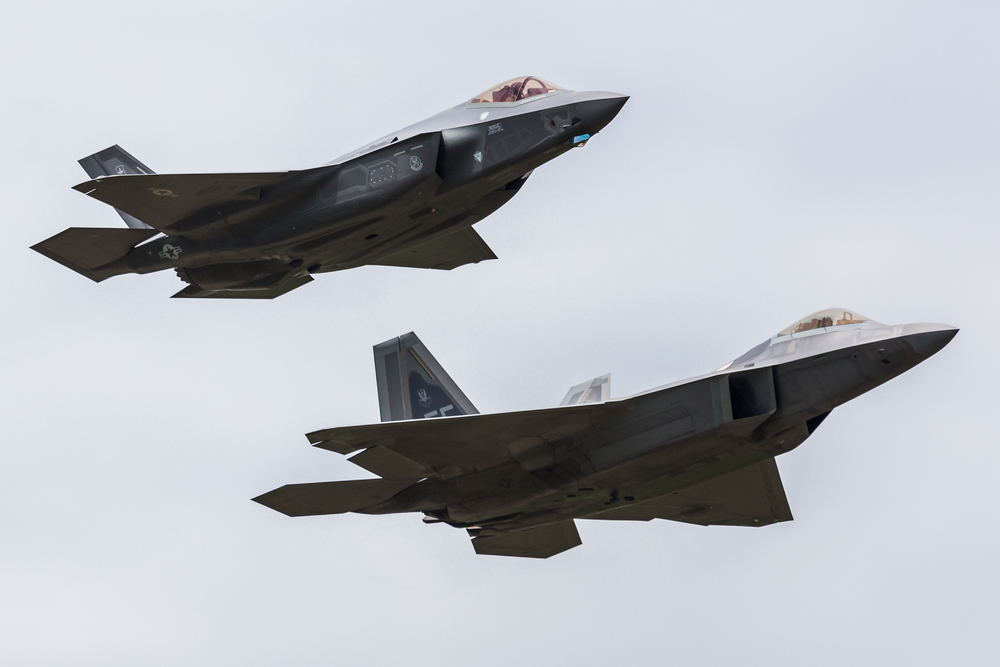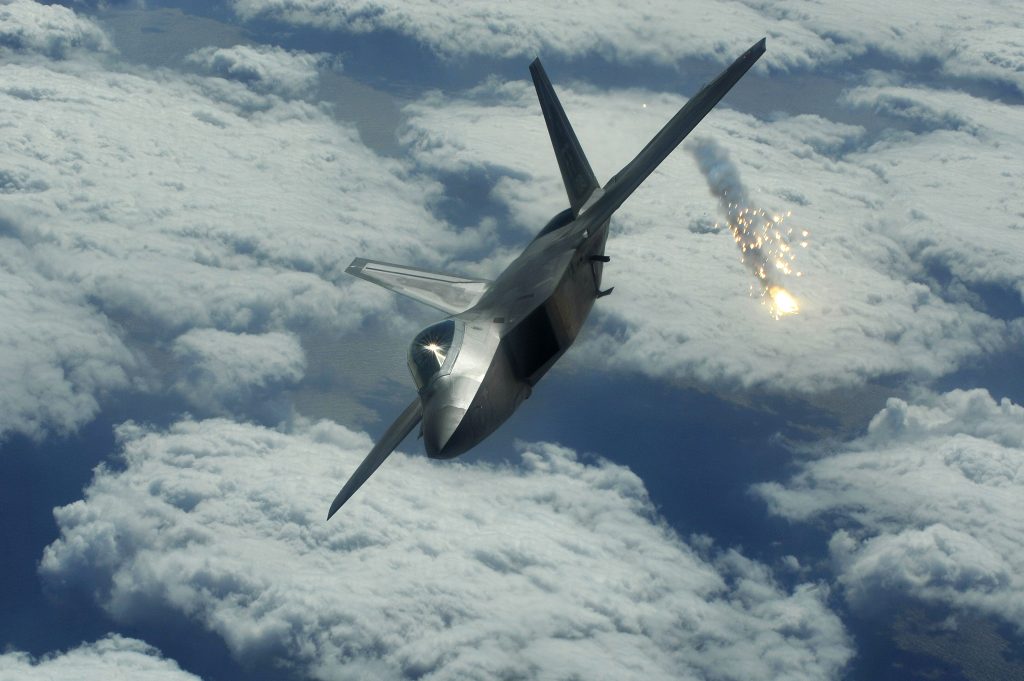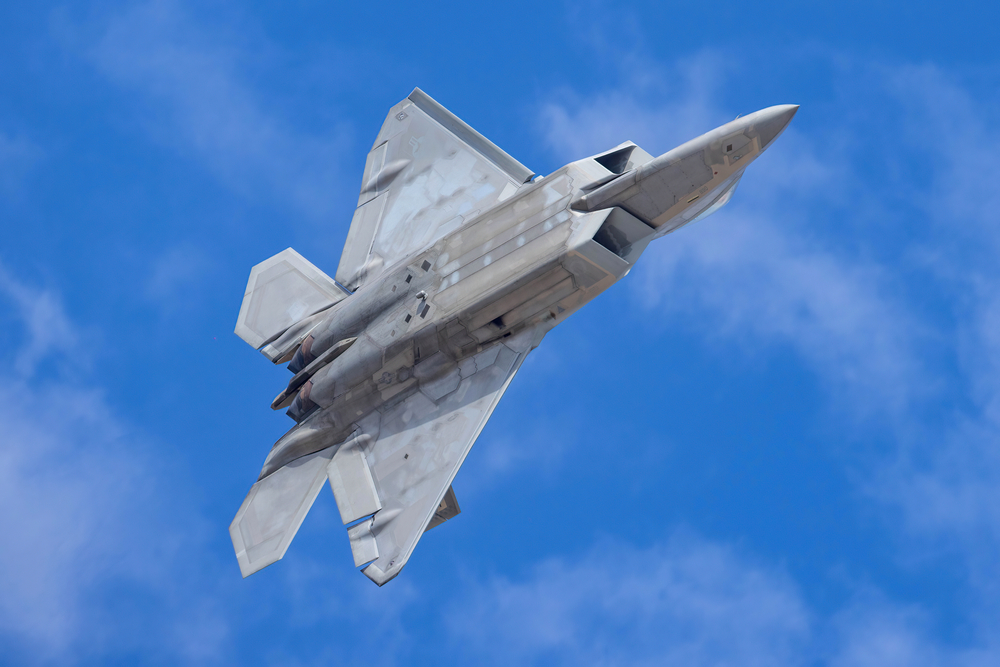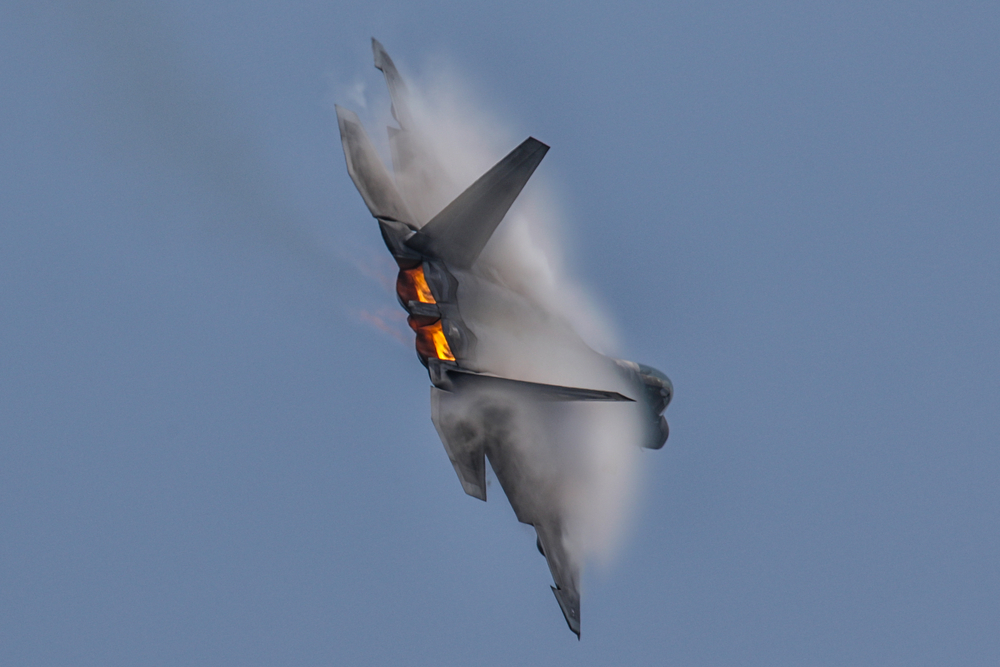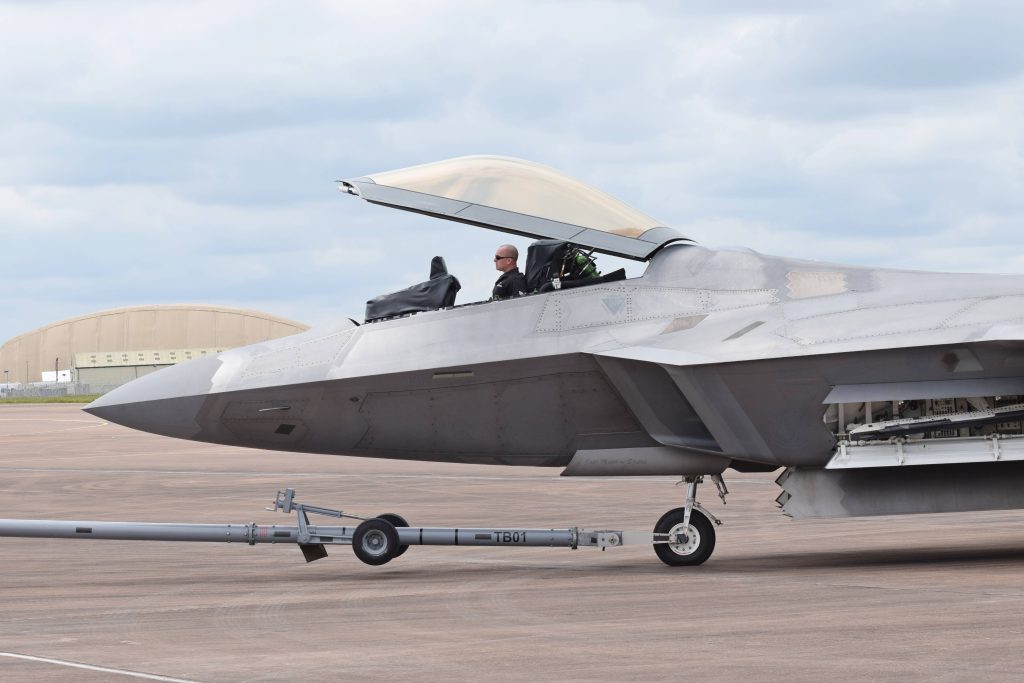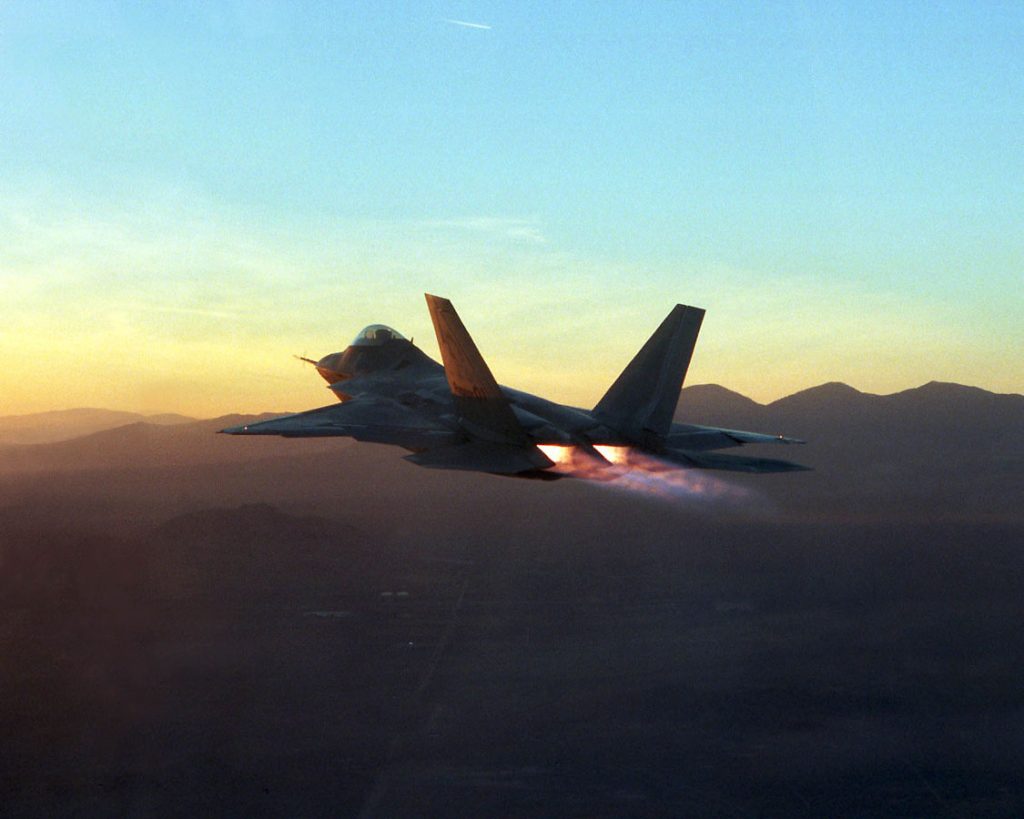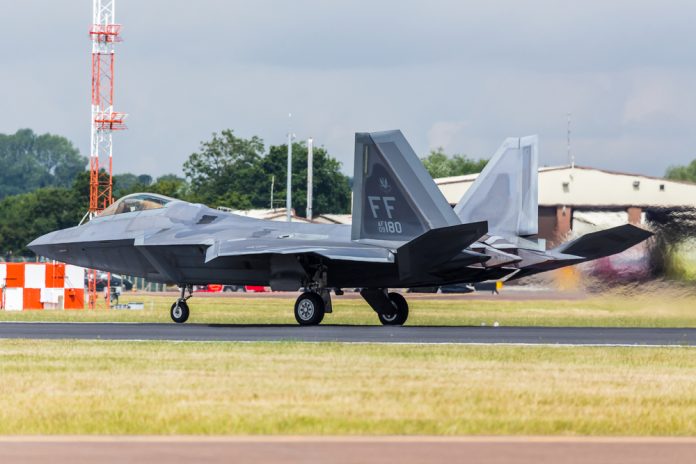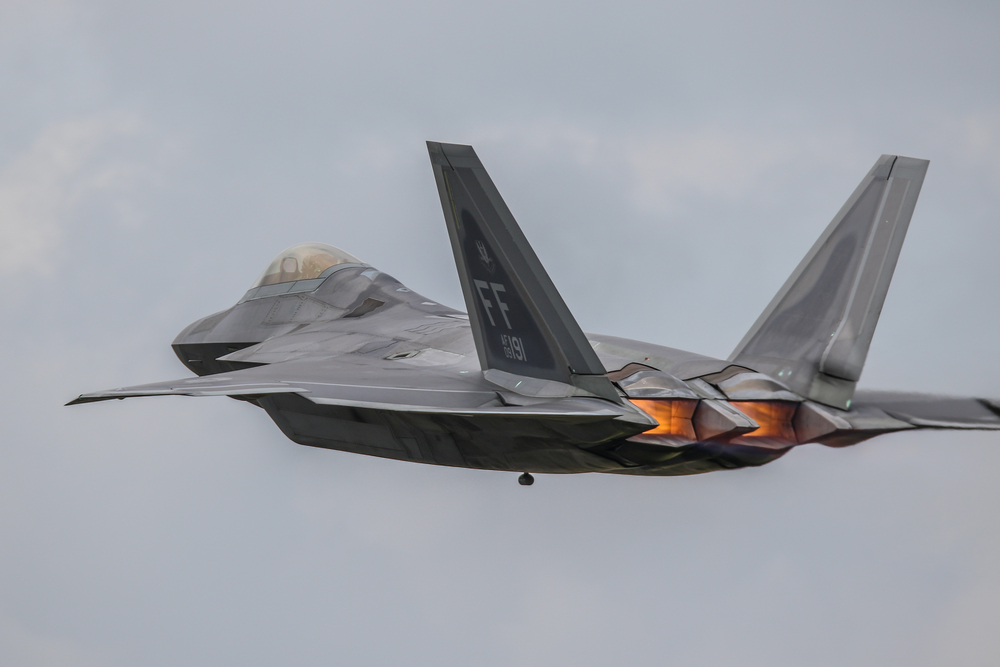
In the realm of air superiority, the Lockheed Martin F-22 Raptor has long been hailed as the pinnacle of modern fighter technology. However, its apparent invincibility was called into question during a 2012 Red Flag exercise when the Raptor was “evenly matched” against the Eurofighter Typhoon, igniting debates on its supremacy in close-quarters dogfight scenarios. This event has become a cornerstone of military aviation discussions, exploring the implications of advanced stealth and sensor capabilities in relation to pilot skill and aircraft maneuverability.
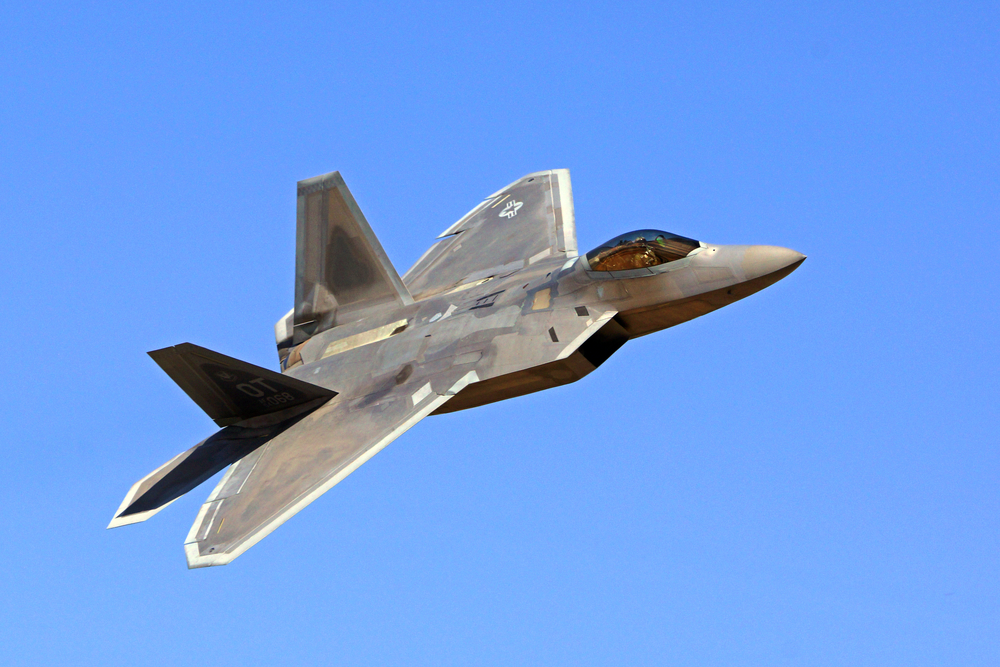
The F-22’s confrontation with the Typhoon was part of the Red Flag exercises held over Alaska, where pilots undergo rigorous aerial combat training against realistic threats.German Eurofighter pilots claimed a symbolic victory over their American counterparts, although these dogfights were simulated, the German pilots took them very seriously, with one of them saying, “they had a Raptor salad for lunch.” Despite the F-22’s stealth, thrust vectoring capabilities, and advanced sensor fusion, it faced formidable competition from the less stealthy, yet highly maneuverable Typhoon.

During these engagements, the F-22 was carrying external fuel tanks, hindering the Raptor’s maneuverability and stealth. No pilot would dogfight with external fuel tanks on their aircraft’s wings and would jettison them as soon as challenged by a hostile aircraft or even before.. The exercises were thus skewed from the start, allowing the Typhoon to capitalize on its strengths.

This incident underscores the dynamic nature of air combat, where the “Any given Sunday/Day” theory is exemplified – suggesting that with the right circumstances, even a technologically superior jet can be matched or outperformed. As one pilot from the exercises revealed, the Eurofighter is “an animal with no tanks,” and the key to facing an F-22 is getting in close and maintaining that proximity.
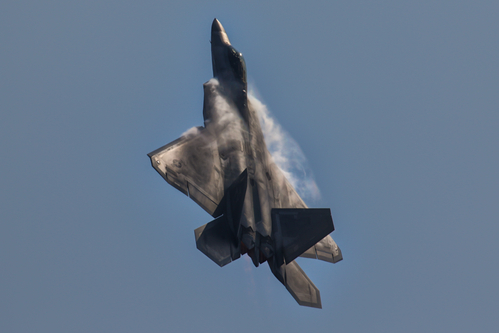
Stealth technology and sensor fusion may dominate beyond-visual-range engagements, but in a close dogfight, these advantages can be neutralized. The Typhoon’s higher thrust-to-weight ratio and lower wing-loading enable it to execute aggressive maneuvers and endure high G-forces, posing a challenge to the F-22’s air superiority. The “losses” in these exercises serve as a valuable learning experience, guiding pilots and engineers on maximizing their aircraft’s capabilities.

The integration of the F-35 Joint Strike Fighter, alongside the Raptor, also adds another layer to the tactical environment. The F-35’s role as a force multiplier with its data link capabilities and sensor suite complements the F-22’s air dominance, creating a formidable team against near-peer adversaries.

The U.S. Air Force continues to evolve its fleet, encounters like the 2012 Red Flag exercise serve as a critical examination of air combat doctrines. The lesson is clear: although technology is a powerful force multiplier, the human element – the pilot’s skill, adaptability, and strategy – still plays a crucial role in determining the outcome of aerial engagements. The F-22 Raptor’s legacy is not just about its technological advancements, but also about how it complements the pilots who operate it and the strategy that guides its utilization in the expansive skies.
related images you might be interested.

